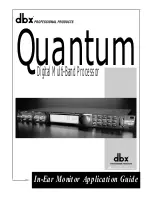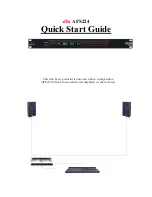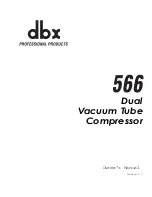
User Manual
Doc. Number: ESO-323064
Doc. Version: 2
Released on:
Page:
80 of 82
Document Classification: Public
7.3.3 Calibration TSF
Available night-time calibrations templates are:
•
CRIRES_spec_cal_AutoNodOnSlit
: AO and NoAO spectroscopic observations
performed by nodding along the slit (i.e., recommended for telluric and spectro-
photometric standards)
•
CRIRES_spec_cal_LampFlats
: attached flat fields
•
CRIRES_spec_cal_Wave
: attached wave lamp
•
CRIRES_spec_cal_Darks
: attached darks
CRIRES_spec_cal_AutoNodOnSlit
To be specified:
Parameter
Range
(default)
Label
DET1.DIT
0..900
(NODEFAULT)
DIT
DET1.NDIT
1..1000
(1)
NDIT
SEQ.NABCYCLES
0..100
(1)
Number of nodding cycles
SEQ.NODTHROW
0..8 (8)
Nod throw along the slit
SEQ.NEXPO
1..100
(10)
Number of exposures per
nodding position
SEQ.JITTER.WIDTH
0..8
(0)
Jitter width
INS.SLIT1.NAME
w_0.2, w_0.4
(0.2)
Entrance silt width
INS.OPTI1.NAME
FREE GAS_SGC GAS_N20
Gas cell
INS.WLEN.CWLEN
See Table 13
Standard wavelength setting
INS.METROLOGY
T F
(F)
Improve
opto-mechanical
positioning
via
metrology
function
Hidden parameters:
SEQ.POISSON
1..100
(100)
Poisson value
SEQ.NO.DELAY
0.0..10.0
(4.0)
Nodding delay in seconds
SEQ.RETURN
T F
(T)
Return to origin
SEQ.FLUX.TOLERANC
0.01..0.10
(0.05)
Flux Tolerance
Fixed values:
DPR.CATG
SCIENCE
Data product category
DPR.TECH
SPECTRUM
Data product technique
DPR.TYPE
OBJECT
Data product type



































